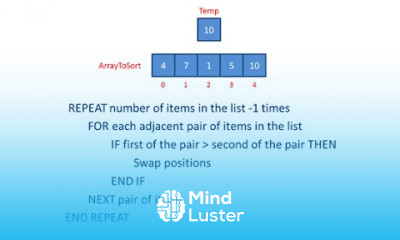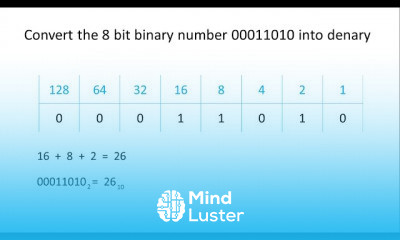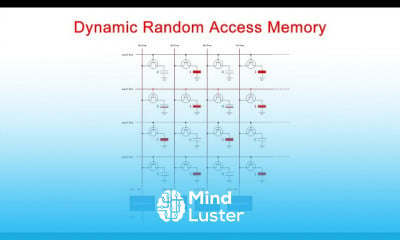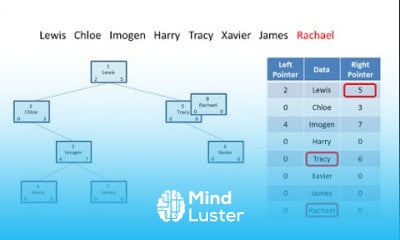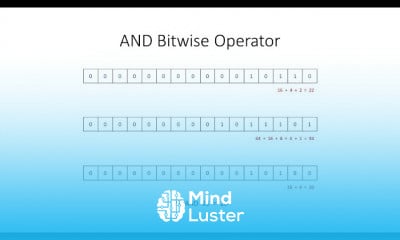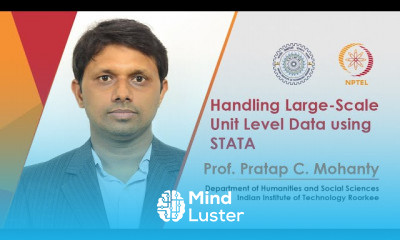Big Data Tim Smith
Share your inquiries now with community members
Click Here
Sign up Now
Lessons List | 20
Lesson
Comments
Related Courses in Computer Science
Course Description
What is big data in artificial intelligence?
Big Data Is Too Big Without AI. ... By the time the term was coined, Big Data had accumulated a massive amount of stored data that, if analyzed properly, would reveal valuable insights into the industry to which that particular data belonged.What is big data used for?
Big data has been used in the industry to provide customer insights for transparent and simpler products, by analyzing and predicting customer behavior through data derived from social media, GPS-enabled devices, and CCTV footage. The Big Data also allows for better customer retention from insurance companies.What is big data and its types?
Variety of Big Data refers to structured, unstructured, and semistructured data that is gathered from multiple sources. While in the past, data could only be collected from spreadsheets and databases, today data comes in an array of forms such as emails, PDFs, photos, videos, audios, SM posts, and so much more.What are the 4 V's of big data?
The Four V's of Big Data
IBM data scientists break big data into four dimensions: volume, variety, velocity and veracity.Is big data the future?
1. Data volumes will continue to increase and migrate to the cloud. The majority of big data experts agree that the amount of generated data will be growing exponentially in the future. In its Data Age 2025 report for Seagate, IDC forecasts the global datasphere will reach 175 zettabytes by 2025.
Trends
French
Graphic design tools for beginners
Artificial intelligence essentials
Essential english phrasal verbs
Data Analytics Visualization Techniques
Build a profitable trading
Formation efficace à l écoute de l
MS Excel
Printing student ID cards with excel tools
Electrical engineering for engineer
Computer science careers
YouTube channel setup
Build a tic tac Toe app in Xcode
Python programming language
Excel skills for math and science
Learning English Speaking
Figma for UX UI design
Python programming fundamentals A Z
Marketing basics for beginners
Magento Formation Français
Recent
Growing ginger at home
Gardening basics
Ancient watering techniques
Grow mushrooms
Growing onions
Veggie growing
Bean growing at home
Growing radishes
Tomato growing at home
Shallot growing
Growing kale in plastic bottles
Recycling plastic barrel
Recycling plastic bottles
Grow portulaca grandiflora flower
Growing vegetables
Growing lemon tree
Eggplant eggplants at home
zucchini farming
watermelon farming in pallets
pineapple farming





